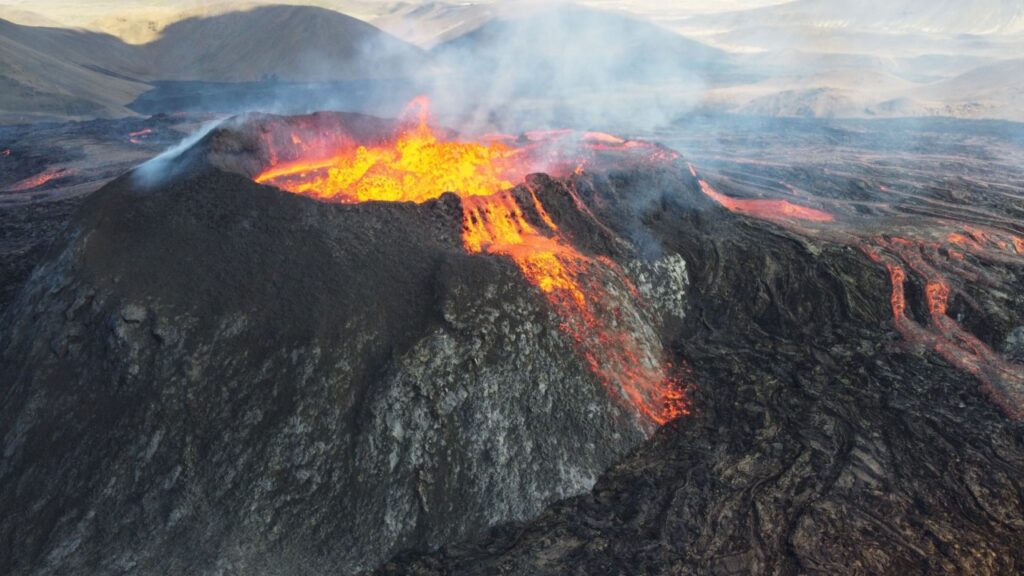Volcanoes are not only awe-inspiring geological wonders but also host a surprising array of life. From the depths of the ocean to the peaks of towering mountains, these 10 spectacular volcanoes showcase the resilience and adaptability of nature in some of the most extreme environments on Earth.
1. Mount Etna, Italy
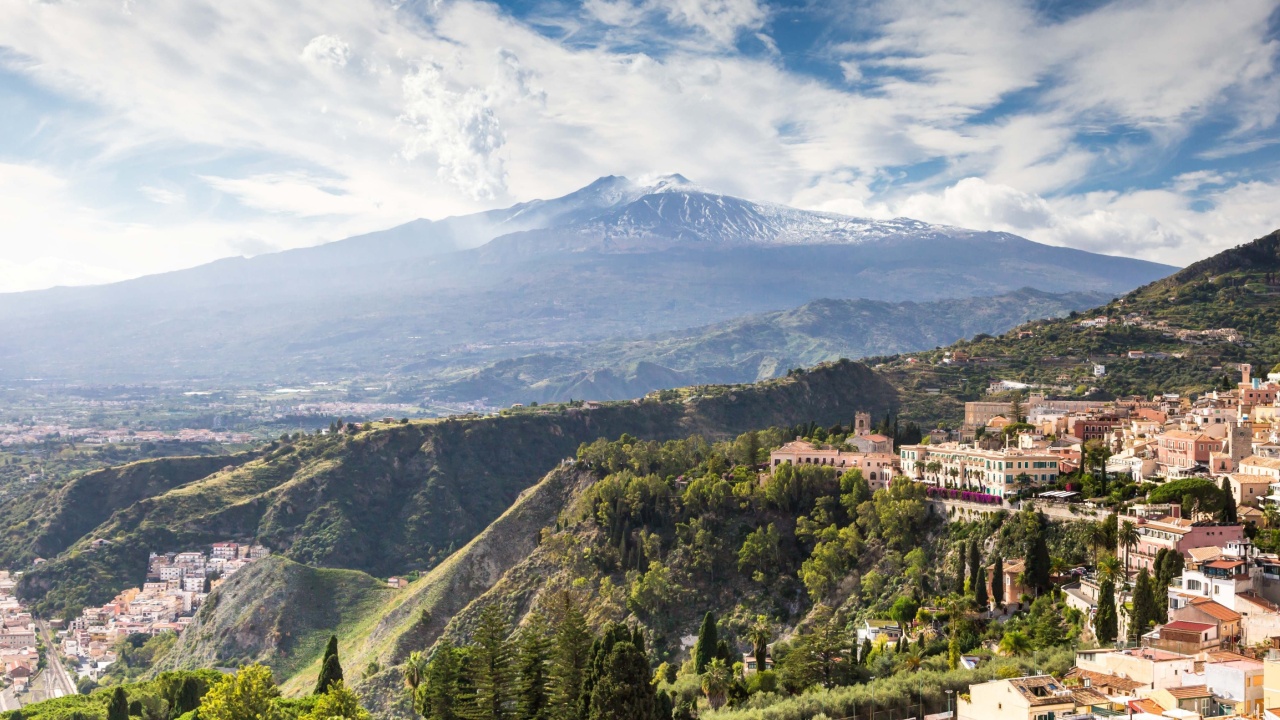
Mount Etna, the tallest active volcano in Europe, is home to a unique ecosystem that has adapted to the harsh conditions of frequent eruptions and lava flows. The lower slopes of the volcano are covered in lush forests of birch, oak, and pine, while higher up, rare endemic species like the Etna broom and the Etna viola thrive in the volcanic soil.
2. Yellowstone Caldera, USA
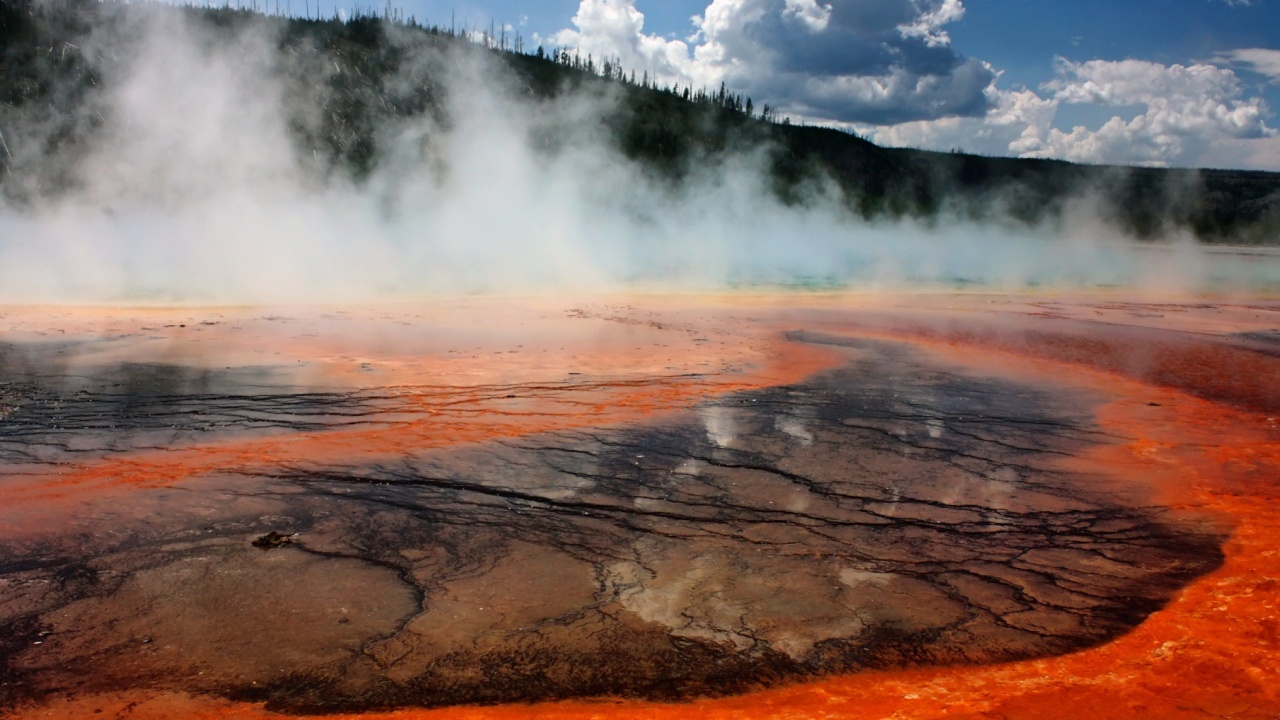
Yellowstone National Park, situated atop a massive supervolcano, is a hotbed of geothermal activity and biodiversity. The park’s iconic geysers, hot springs, and bubbling mud pots support a variety of heat-loving microorganisms called thermophiles. Yellowstone is also home to an abundance of iconic wildlife, including bison, elk, grizzly bears, and wolves.
3. Mount Kilimanjaro, Tanzania
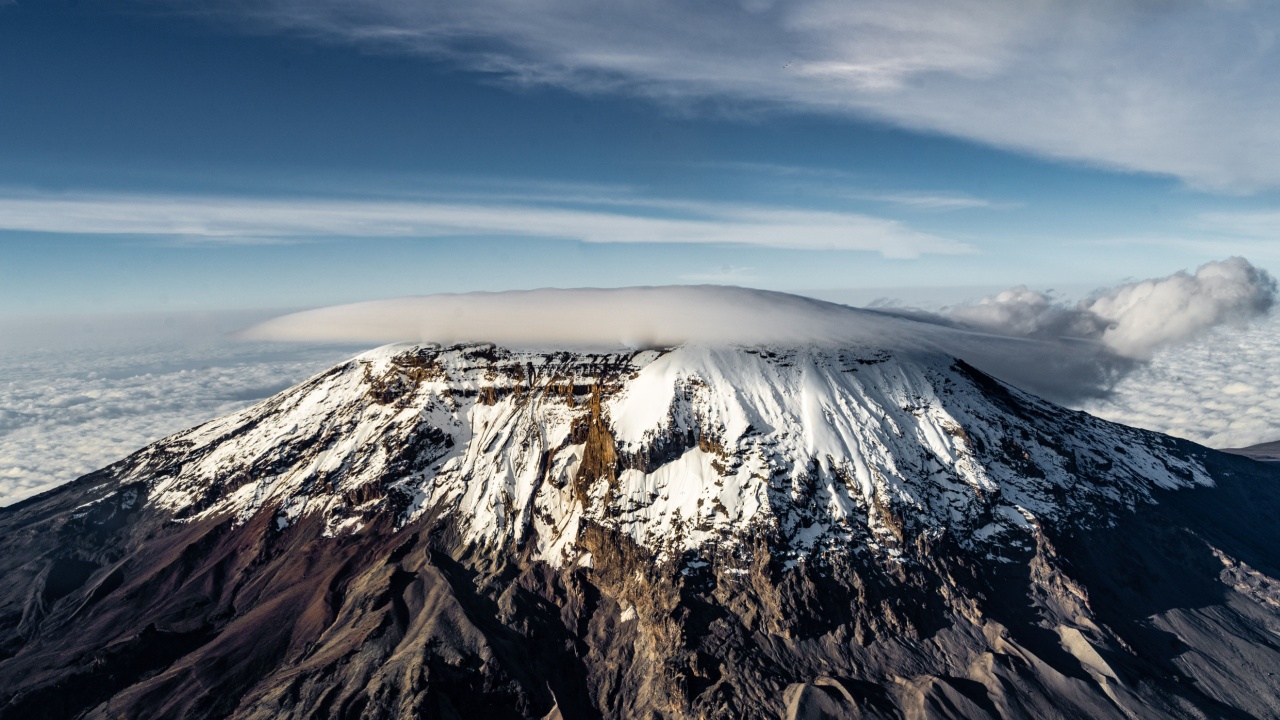
Mount Kilimanjaro, the highest volcano in Africa, boasts five distinct ecological zones, each with its own unique flora and fauna. The mountain’s lower slopes are blanketed in lush rainforests, home to elusive species like the Colobus monkey and the bushbuck. As you ascend, the landscape transforms into alpine deserts and glaciers, where hardy plants like the giant groundsel and the endemic Kilimanjaro tree can be found.
4. Mauna Loa, Hawaii
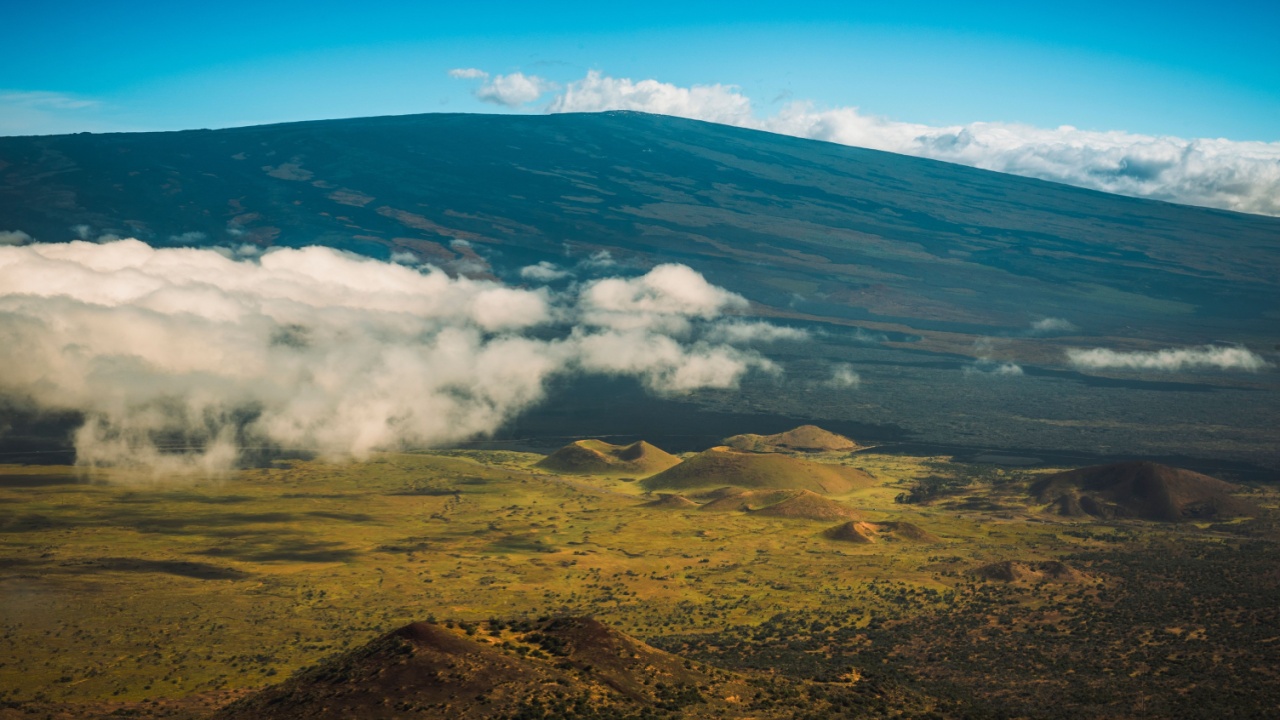
Mauna Loa, the world’s largest active volcano, is a testament to the power of life to colonize new land. The volcano’s frequent lava flows create a constantly changing landscape, where pioneer species like the ōhi’a lehua tree and the Hawaiian silversword are among the first to take root. The island of Hawaii is also home to a wealth of endemic species, many of which are found nowhere else on Earth.
5. Stromboli, Italy
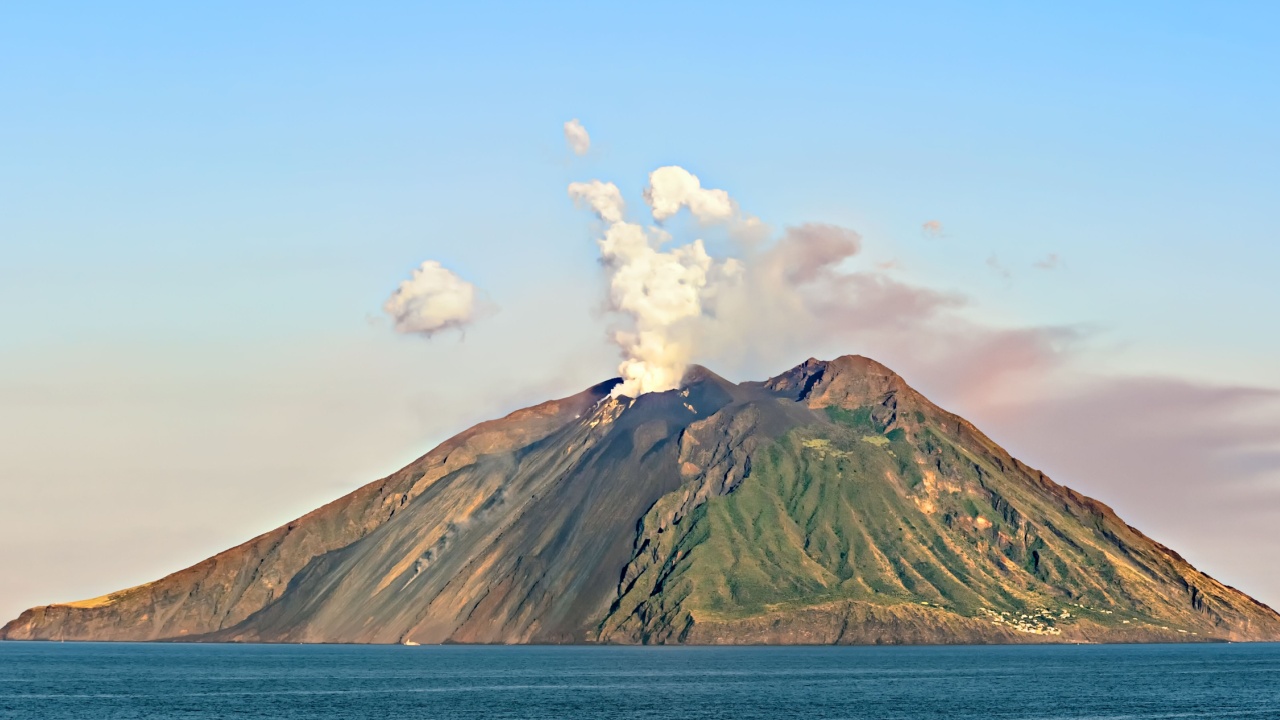
Stromboli, a small volcanic island off the coast of Sicily, is known for its continuous eruptions and unique volcanic habitat. The island’s steep slopes are covered in a patchwork of vegetation, including Mediterranean scrub, olive groves, and vineyards. Stromboli’s volcanic soil is incredibly fertile, supporting a variety of crops and wild plants.
6. Mount Erebus, Antarctica
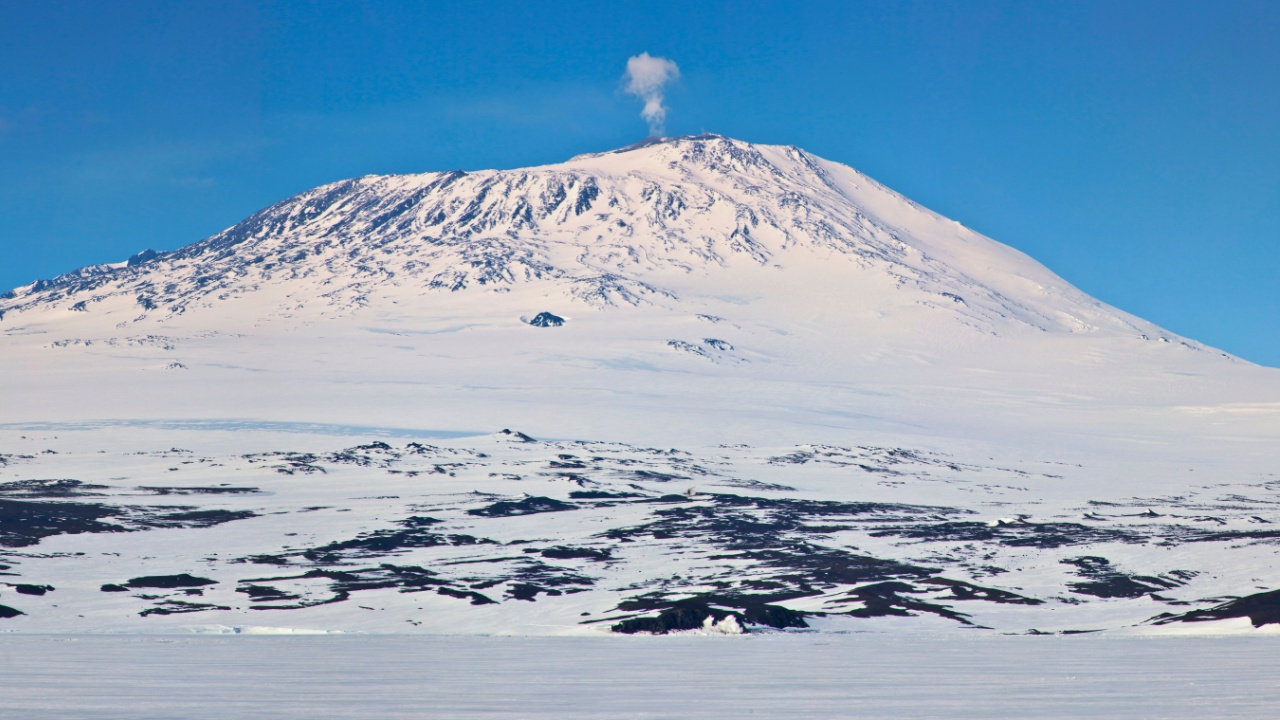
Mount Erebus, the southernmost active volcano on Earth, is home to a surprising array of life despite its harsh, frigid environment. The volcano’s geothermal heat creates pockets of warmth that support microbial communities, including rare extremophiles that thrive in the acidic, mineral-rich soil. The nearby McMurdo Dry Valleys, kept free of ice and snow by the warm, dry winds from Mount Erebus, are home to unique soil bacteria and fungi.
7. Arenal Volcano, Costa Rica

Arenal Volcano, a towering stratovolcano in the heart of Costa Rica’s lush rainforests, is a hotspot of biodiversity. The volcano’s slopes are home to an array of tropical plants and animals, including orchids, bromeliads, toucans, and howler monkeys. The geothermal activity around Arenal also creates natural hot springs, which support unique aquatic ecosystems.
8. Mount Fuji, Japan
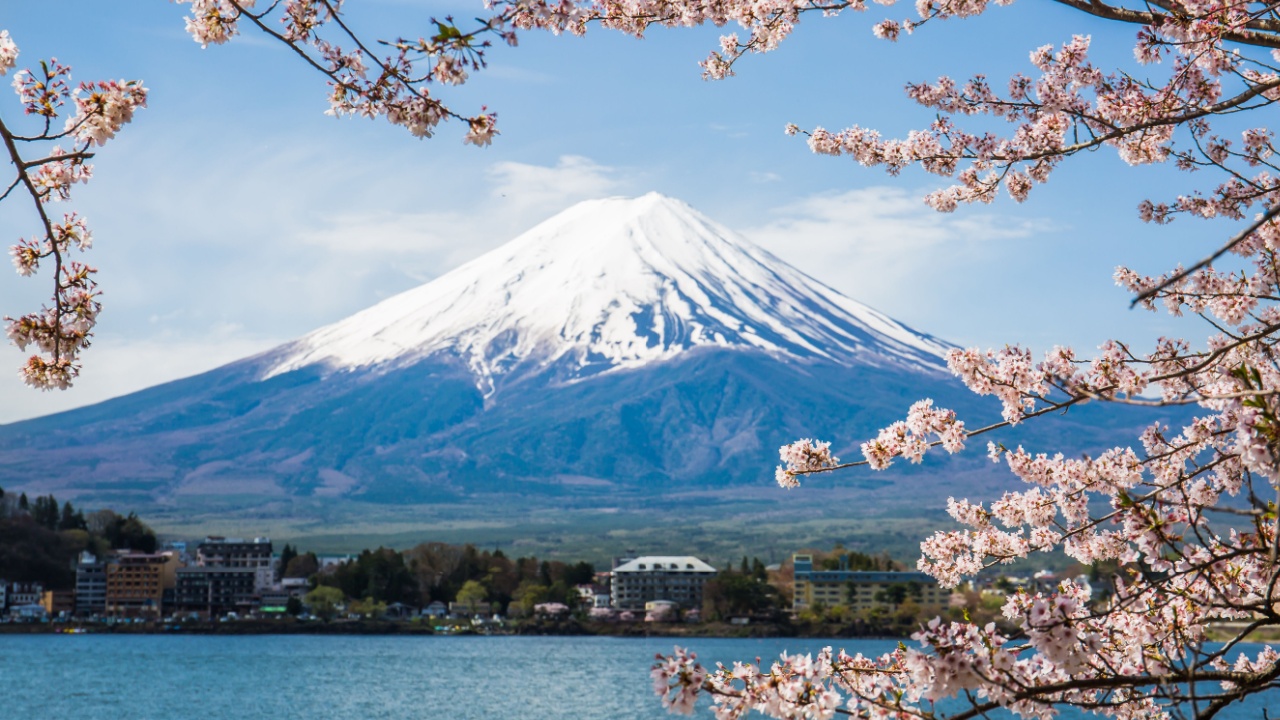
Mount Fuji, Japan’s iconic snow-capped volcano, is not only a symbol of national pride but also a haven for wildlife. The mountain’s lower slopes are blanketed in dense forests of Japanese beech, hemlock, and larch, home to species like the Japanese serow and the Asian black bear. Higher up, the landscape transitions into alpine meadows and rocky outcroppings, where hardy plants like the Fuji cherry and the Yoshino rhododendron bloom.
9. Mount Nyiragongo, Democratic Republic of the Congo

Mount Nyiragongo, a towering stratovolcano in the heart of Africa’s Albertine Rift, is home to the world’s largest lava lake. Despite the threat of eruptions, the volcano’s slopes support a surprising array of life, including chimpanzees, gorillas, and a variety of endemic bird species. The nearby Virunga National Park is a biodiversity hotspot, home to over 700 species of birds and 200 species of mammals.
10. Galápagos Islands, Ecuador
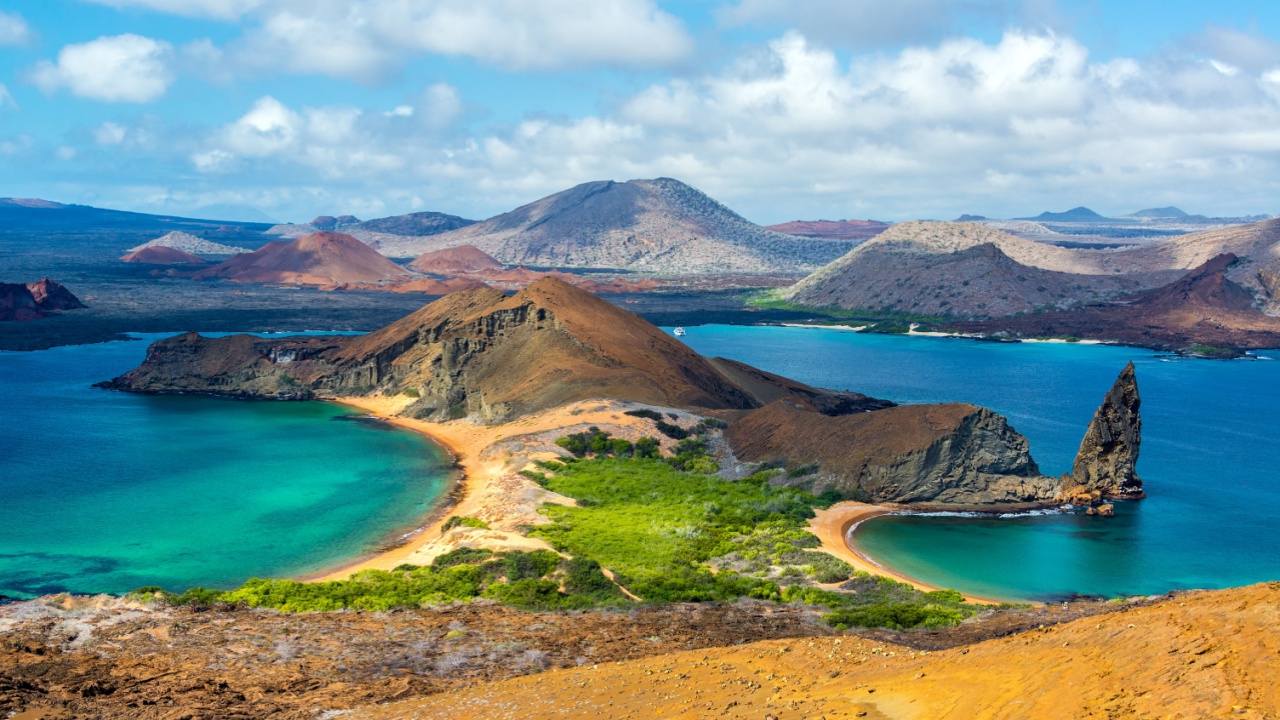
The Galápagos Islands, an archipelago of volcanic islands straddling the equator, are renowned for their unique and diverse wildlife. The islands’ isolation and varied landscapes have given rise to an array of endemic species, including the Galápagos tortoise, the marine iguana, and the Galápagos penguin. The islands’ volcanic soil, enriched by nutrient-rich ash, supports a variety of unique plant species, including the Galápagos tomato and the lava cactus.
Becky is a fervent wildlife enthusiast and pet care expert with a diploma in canine nutrition. Her love for animals stretches beyond the domestic, embracing the wild tapestry of global fauna. With over a decade of experience in animal welfare, Becky lends her expertise to OutlandishOwl through insightful articles, captivating wildlife information, and invaluable guidance on pet nutrition. Her work embodies a deep commitment to understanding the intricate lives of animals and a passion for educating others on sustaining natural habitats. Becky's hands-on conservation efforts and her knack for translating complex dietary science into practical pet feeding tips make her an indispensable voice for creatures great and small.

